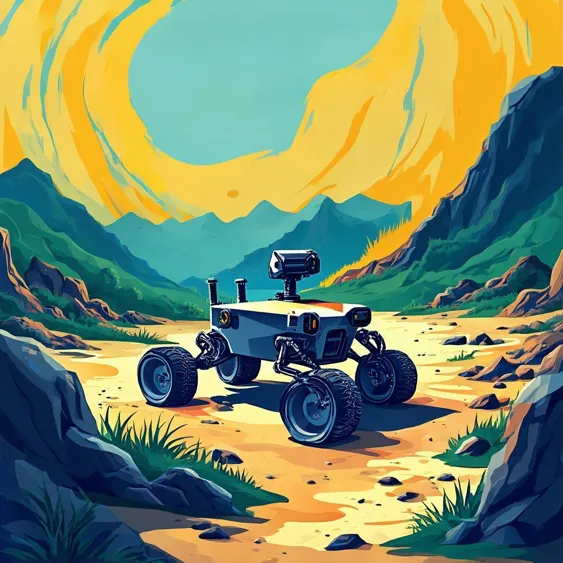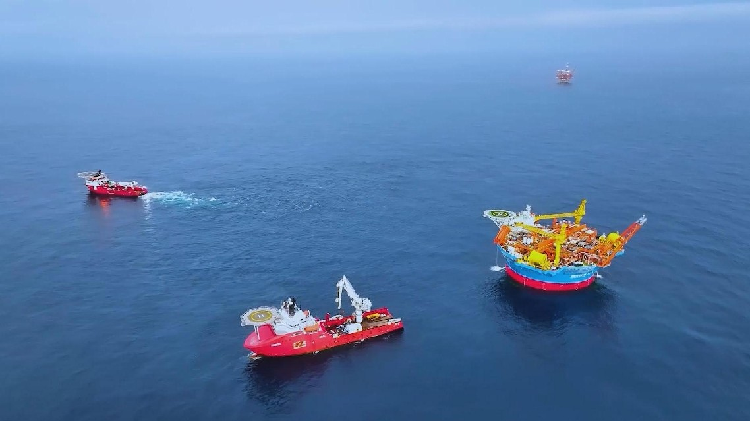NASA Rover's Blind Spots Exposed by New Simulations

The challenges faced by NASA's extraterrestrial rovers are not just a matter of high-tech engineering; they are a reflection of our understanding of different planetary environments. As public interest in space exploration surges, highlighted by a recent article discussing the blind spots in NASA's testing procedures, it is critical to assess how theoretical knowledge translates into effective practice. This issue underscores a larger narrative about the complexities of simulating off-Earth terrains and the inherent risks involved.
At the core of the problem is the reliance on Earth-based testing that does not accurately replicate extraterrestrial conditions. For instance, NASA's engineers have historically minimized rover model weights to mimic lower gravity environments on the Moon and Mars. However, they have overlooked a significant factor: Earth’s gravity can compact soil, leading to an overestimation of rovers' performance in navigating softer terrains. Such oversights have real-world consequences, as demonstrated by the 2009 incident where the Spirit rover got stuck in Martian sand. This instance serves as a testament to the gap between controlled testing scenarios and the unpredictability of actual planetary conditions.
The recent advancements with the open-source software "Chrono" developed by a team from the University of Wisconsin-Madison flash a beacon of hope. Their simulations reveal that lunar soil, under its low gravity, behaves quite differently than expected, indicating that rovers are likely at a greater risk of getting stuck than previously believed. This paradigm shift in testing can greatly inform future missions, leading to better-prepared rovers and ultimately enhancing the success rates of space exploration initiatives.
In light of these revelations, one must contemplate the broader implications for how we prepare for interplanetary exploration. By emphasizing the importance of realistic testing environments and innovative simulation tools, we signal a step towards bridging the gap between academic research and practical applications in aerospace engineering. How might future exploration missions evolve as we refine our strategies and tools based on such critical insights?
Read These Next

UK Farmers Embrace Genetics Amid Plummeting Wool Demand
UK wool farmers face declining demand, turning to Exlana sheep for natural wool shedding, cutting costs and boosting sustainability.

Largest Known Black Hole Discovered
Commentary on the discovery of the largest known black hole, exploring its significance and implications for astrophysics and our understanding of the universe.

China Innovates Deepwater Oil and Gas Extraction Model
China has launched the Haikui No. 1 and Haiji No. 2 for deepwater oil and gas extraction, boosting efficiency in the Pearl River Mouth Basin.
